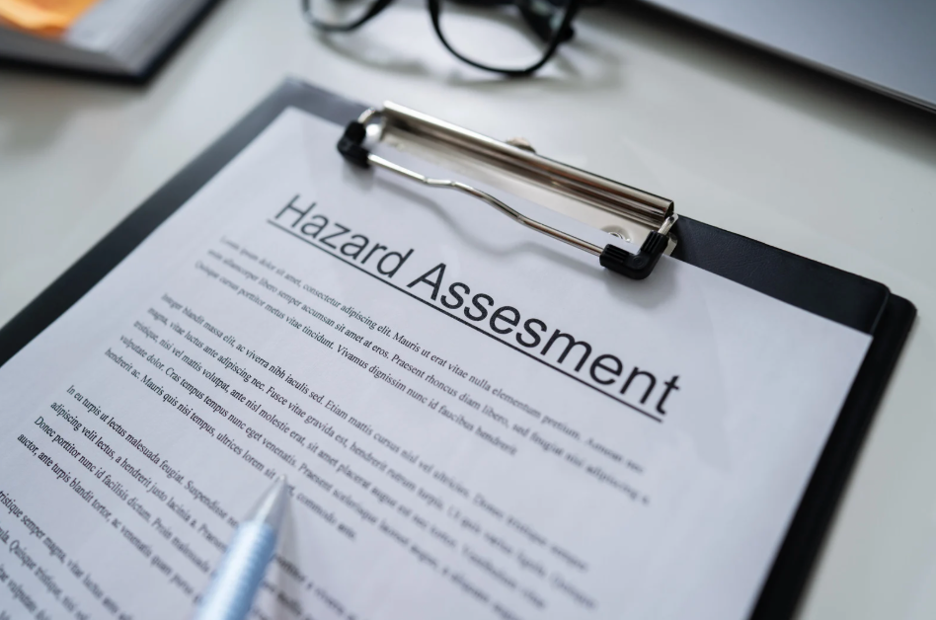According to the National Health Care Anti-Fraud Association (NHCAA), financial losses due to healthcare fraud are in the tens of billions of dollars each year. In 2013, The US Department of Health and Human Services and The Department of Justice recovered more than 4.3 billion in healthcare fraud and abuse. As medical fraud rates continue to soar, healthcare providers should expect to see an increase in governmental inquiries, audits and investigations.
For medical practices, an effective compliance program can be the first line of defense. The purpose of a compliance program is to promote the prevention of criminal conduct, enforce government rules and regulations, while providing quality care to patients. Compliance programs can help protect practices against improper payments, fraud and abuse, and other potential liability areas. Under the Patient Protection and Affordable Care Act or “Obamacare”, physicians and group practices are now required to establish compliance programs as a condition of enrollment in the Medicare program. Additionally, many commercial insurance plans are also requiring providers to have a compliance plan as a condition of participation.
With fraud enforcement initiatives increasing, medical practices that have not implemented compliance plans risk exclusion from commercial insurance plans and government healthcare programs. According to Centers for Medicare and Medicaid Services (CMS), the implementation of a good compliance program will aid in better protecting a practice from the risk of improper conduct.
The Affordable Care Act has seven core elements for an effective compliance program:
- Establishment and adoption of written policies and procedures to promote the organization’s commitment to compliance.
- Identification and appointment within the organization of an individual to serve as compliance officer, who will be responsible for monitoring compliance efforts and enforcing practice standards.
- Establishment of reporting systems to encourage individuals to make complaints regarding compliance items without fear of retaliation.
- Commitment to conducting formal education and training programs for all levels of employees.
- Ongoing auditing and monitoring of systems to assess the effectiveness of the compliance program and identify issues.
- Development of policies to enforce standards of conduct with disciplinary measures for employees who fail to comply with requirements.
- When vulnerabilities are identified, corrective action must be conducted in response to potential violations.
By implementing a comprehensive compliance program, a practice can find and correct potential vulnerabilities while minimizing billing mistakes, reducing the chance of an audit, increasing payment of claims, reducing the chance of fraud and abuse, and promoting safe and quality care. Healthcare providers that have not yet implemented a compliance plan should utilize the seven core elements as a foundation for their program. If you or your practice has not yet established a compliance plan or if you have questions regarding your compliance program contact MedSafe at 1-888- MEDSAFE or visit our website at https://medsafe.com.



